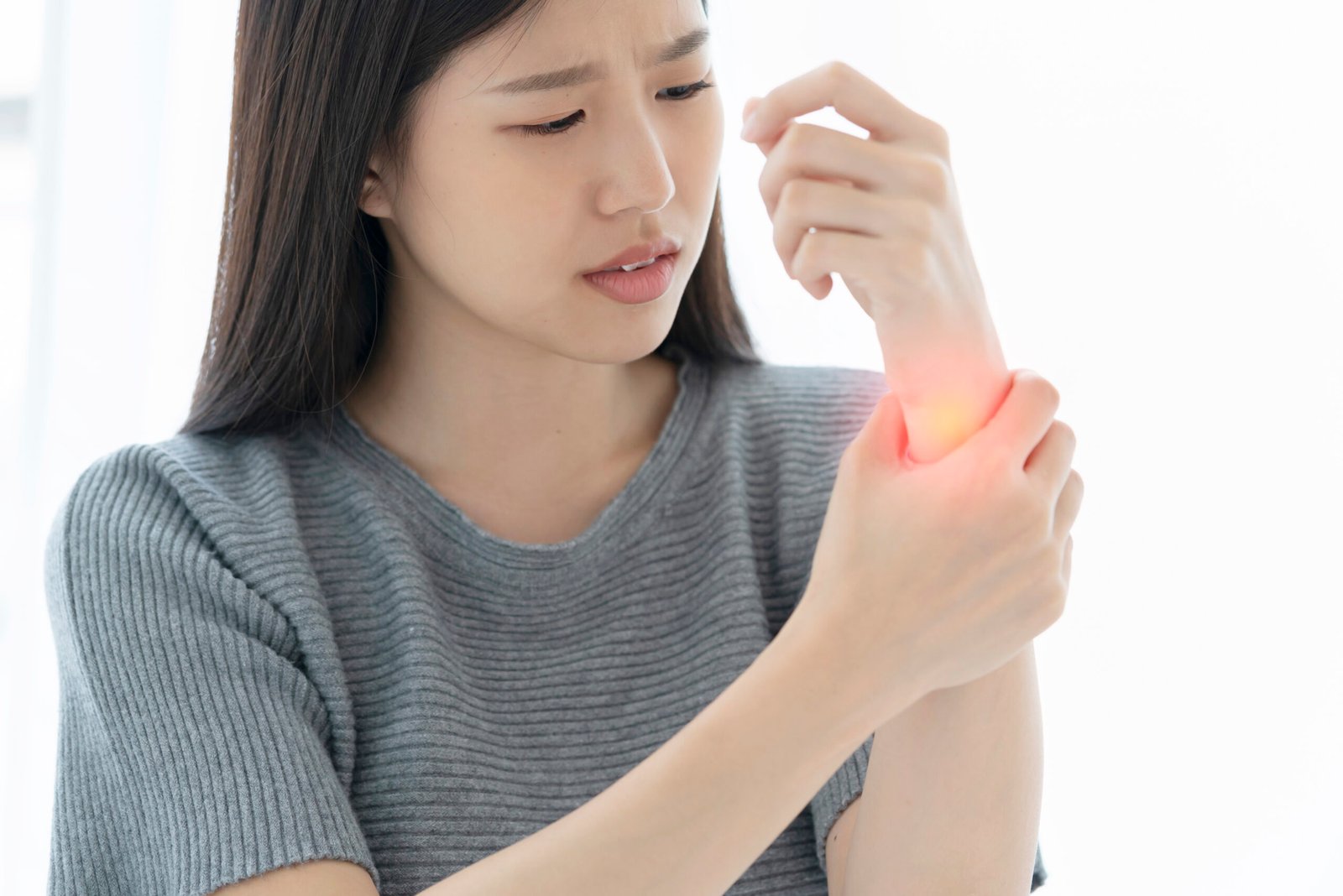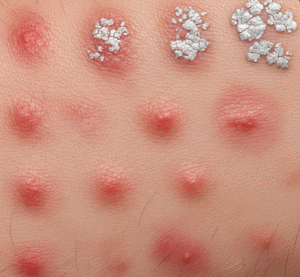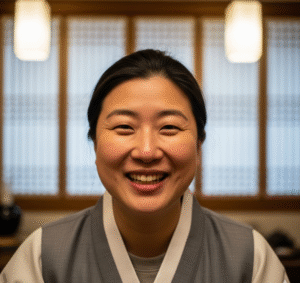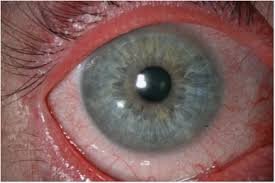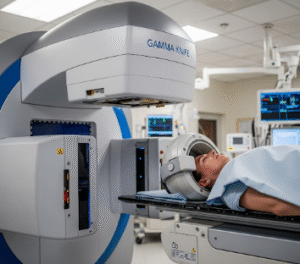Overview
Synovial chondromatosis is a rare, benign joint disorder characterized by the formation of cartilage nodules in the synovium (joint lining), which may detach and become loose bodies within the joint space. In Korea, diagnosis and treatment of this condition are typically managed through advanced imaging and arthroscopic surgery in specialized orthopedic hospitals.
What is Synovial Chondromatosis?
Synovial chondromatosis is a non-cancerous condition where the synovial membrane undergoes metaplasia, producing multiple cartilaginous nodules. These nodules may calcify or ossify over time, and in many cases, break off into the joint cavity, causing mechanical issues and inflammation.
It most commonly affects large joints such as the knee, followed by the hip, shoulder, elbow, and ankle. It may occur as a primary idiopathic condition or as a secondary process due to joint trauma or osteoarthritis.
Symptoms
- Joint pain (usually chronic and progressive)
- Swelling or joint effusion
- Reduced range of motion
- Joint stiffness
- Catching, locking, or clicking sounds
- Occasional joint instability
Causes
The exact cause of primary synovial chondromatosis is unknown, but it is believed to result from abnormal cell growth in the synovial membrane. Secondary forms may arise due to:
- Trauma
- Osteoarthritis
- Inflammatory joint disease
Risk Factors
- Middle-aged adults (typically 30–50 years)
- Males are more commonly affected than females
- Previous joint injury or surgery
- Chronic joint inflammation
Complications
- Joint degeneration (if left untreated)
- Development of secondary osteoarthritis
- Joint locking or instability
- Rarely, malignant transformation into chondrosarcoma
- Recurrence after incomplete surgical removal
Prevention
There are no known definitive preventive measures for primary synovial chondromatosis. However, early diagnosis and treatment can help prevent joint damage. For secondary cases, managing underlying joint diseases and avoiding trauma can reduce the risk.
Treatment Options in Korea
Korea offers highly effective treatment options for synovial chondromatosis through minimally invasive orthopedic surgery and state-of-the-art diagnostic tools.
Diagnosis
- X-ray: May reveal calcified loose bodies.
- MRI or CT scan: More sensitive in detecting non-calcified nodules and evaluating joint damage.
- Joint aspiration: Occasionally performed to rule out infection or other causes of joint swelling.
- Arthroscopy: Used for both diagnosis and treatment.
Treatment Approaches
1. Arthroscopic Synovectomy and Loose Body Removal:
- The most common and preferred treatment in Korea.
- Minimally invasive with quick recovery time.
- Removal of loose bodies and partial or complete synovectomy (removal of affected synovium).
2. Open Surgery:
- Considered when nodules are large, deeply embedded, or recurrent.
- Involves complete removal of all affected tissue.
3. Postoperative Management:
- Physical therapy for joint mobility
- Regular follow-ups to monitor recurrence
- Pain and inflammation management with NSAIDs

